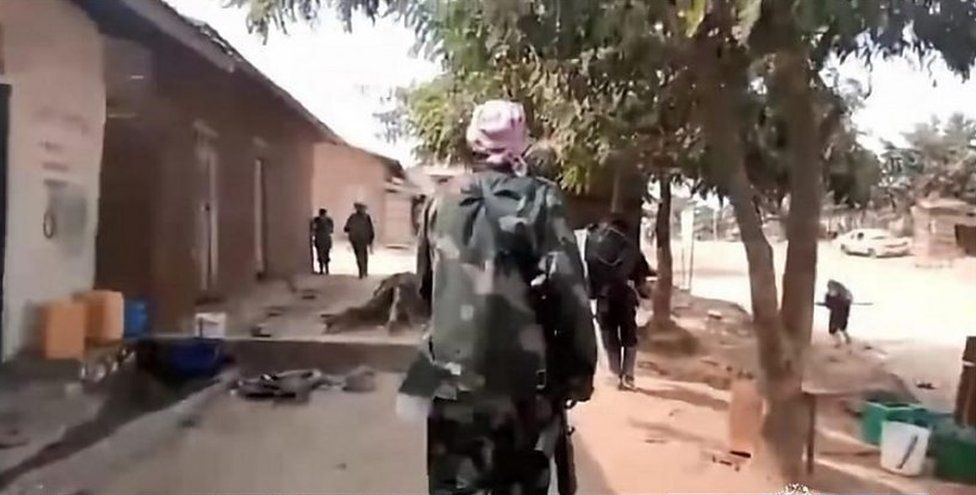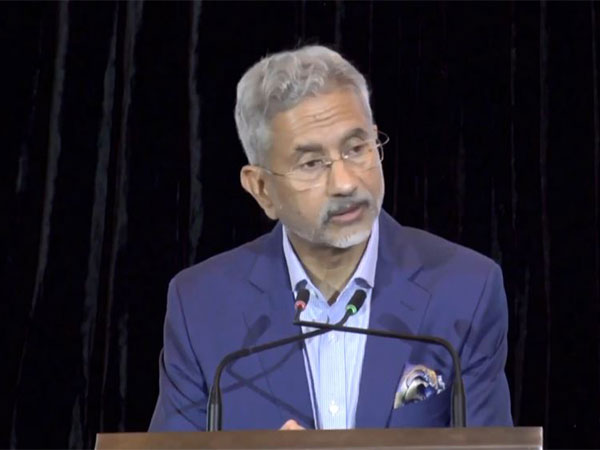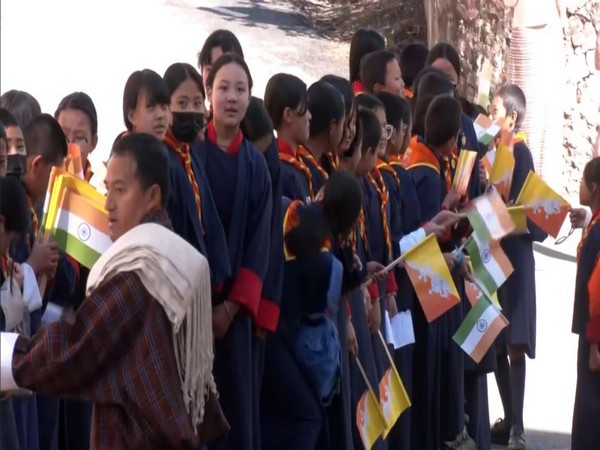
Factbox-Who are Islamic State’s affiliates in Central Africa?

By Hereward Holland
KINSHASA (Reuters) – Uganda and Democratic Republic of Congo said on Tuesday their armies mounted air and artillery strikes in a joint operation in eastern Congo against an Islamic State-linked militia, known locally as the Allied Democratic Forces (ADF).
The ADF, which started as an uprising in Uganda but has been based in Congo since the late 1990s, pledged allegiance to the Islamic State in mid-2019. IS has in turn claimed responsibility for some of the ADF’s violence, including a recent spate of bombings in Uganda, but United Nations researchers have found no evidence of IS command and control over ADF operations.
ADF’S ROOTS
The ADF started as opposition to the Ugandan government in the early 1990s under its then-leader Jamil Mukulu. Routed by the Ugandan army, it fled into Congo and embedded itself in the local economic and political networks, venturing into smuggling timber, gold, and agricultural products. After several quiet years, it carried out a series of massacres in Congo’s Beni territory in 2013. Congo’s army launched an operation against it the following year.
Mukulu fled to Tanzania. He was arrested in 2015 and extradited to Uganda. Seka Musa Baluku, who previously served as the group’s senior Islamic legal official, took control.
ISLAMIC STATE LINKS
Under Baluku, the ADF shifted focus from trying to install an Islamic government in Uganda, to promoting itself as an international jihadist movement. In April 2019, the Islamic State claimed its first attack in Congo, and three months later Baluku appeared in an IS propaganda video pledging allegiance to it. The ADF – alongside fighters in Mozambique – was branded as IS’s “Central Africa Province” (ISCAP), although the two groups are operationally distinct.
In October 2019, Congo’s army mounted a second operation against the ADF, unleashing retaliatory attacks against civilians. The ADF killed more than 800 people last year, the United Nations says. In June, IS claimed responsibility for a double bombing in Beni at a Catholic church and a busy intersection. No one was killed, apart from a suspect that experts say may have been Congo’s first suicide bomber. U.N. experts say fighters from outside Congo have helped the ADF make modest advances in developing improvised explosive devices in the last year, but have not found conclusive evidence IS has control over ADF operations.
HOT PURSUIT
Islamic State said their local fighters were behind a Nov. 16 suicide bombing in Kampala which killed seven people, including the three attackers, and injured dozens more. Ugandan authorities said they had irrefutable evidence ADF was responsible, and they could enter Congo as self-defence, on ground of hot pursuit.
Columns of Ugandan troops were seen crossing the border into Congo on Tuesday afternoon after joint airstrikes and shelling of ADF bases. However, Uganda’s long history of intervention in Congo has aroused anxiety among some Congolese, including the Nobel Laureate Denis Mukwege, who called it unacceptable.
Kinshasa is still seeking over $13 billion in reparations from Kampala for Uganda’s involvement in the 1998-2003 conflict.

















POST COMMENTS (0)